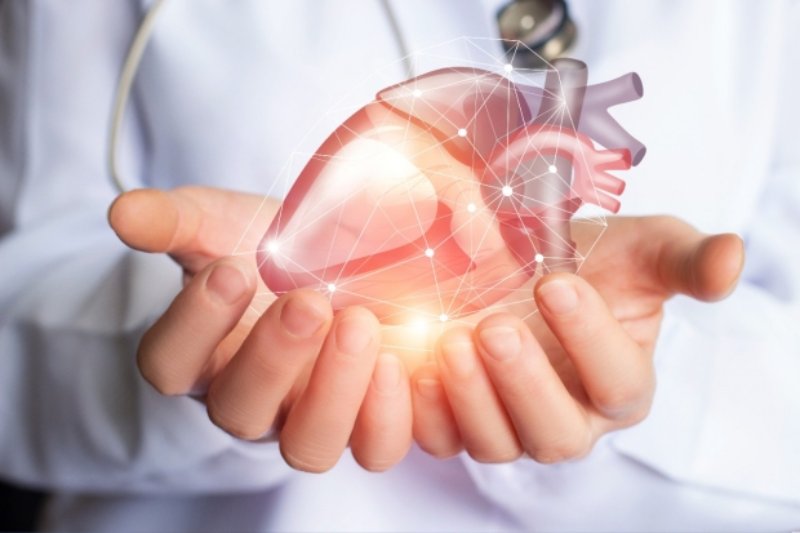To aid in the training of surgeons performing organ transplants, researchers have developed hyper-realistic models of sick hearts and lungs that can beat, bleed, and breathe much like the actual organs.
The Nottingham Trent University (NTU) team, headed by senior research fellow Richard Arm, claimed to have used silicone gels, textiles, and various fibers to make the 3D printed artificial organs.
The reusable and repairable models have bleed-able blood vessels that replicate the sensation of clamping them to stop blood flow.
According to the creators, the organs also feature varying degrees of tissue hardness and the tactile characteristics of human hearts.
During fake surgery, medical professionals can create incisions, remove the damaged organ, and then use genuine surgical instruments to suture a replacement heart into place.
The team used heart scans from a healthy donor and a patient with heart illness to develop the models.
Dr Arm, of NTU’s School of Art & Design, said: “The aim is to give surgeons the opportunity to learn the technical aspects of organ transplant surgery and experience the tactile aspects of removing a failing heart and connecting a different healthy one, identifying and suturing the vessels that keep the donor heart in place.
With the use of this technology, surgeons can experience the real feeling of limited visibility and bleeding similar to that of a healthy heart while working on patients.
“The model is designed to be affordable, reusable and portable, to maximise access to the technology, allowing for increased risk-free training opportunities for transplant surgeons around the country.”
Additionally, surgeons will be able to practice making cuts through the blood veins that connect the heart to the lungs and the body as well as the pericardium, a thin sac that surrounds the heart.
According to Dr. Arm, the British military and civilian hospitals are using previous iterations of the simulations to enhance training in emergency trauma treatment.
He said: “While we have made other ‘fake’ organs before, this is our most advanced yet and represents the first example of the next generation in synthetic organs where realistic internal detailing crucially includes the all the important, hidden blood vessels and heart valves.”
Because the models that are currently available are just not realistic enough, surgeons currently learn using cadavers and animals.
“There’s simply nothing like this in the world right now, so we’re currently working alongside British surgeons and global retailers to trial this next generation of medical models.
Since heart transplantation requires specialized training, it is quite significant.
“Other examples where our research is making an impact is in maxillofacial prosthetics departments across the UK who use our most advanced skin models to help train plastic surgeons advanced suturing techniques.
“We also produce the world’s most advanced dental models that are used by British dental students to train how to probe gums safely.”
On March 18, the Freeman Heart and Lung Transplant Association (FHLTA) is funding the experiment, which is being presented at the Society for Cardiothoracic Surgery.
“The FHLTA are proud to help fund this project as we look to the future of transplantation, we know that this innovative research will help to improve surgeons’ techniques for organ transplantation,” stated Adele Lambert, the organization’s chairperson.

 Diabetology2 weeks ago
Diabetology2 weeks ago
 Diabetology1 week ago
Diabetology1 week ago
 Diabetology3 days ago
Diabetology3 days ago
 Diabetology2 days ago
Diabetology2 days ago
 Diabetology2 days ago
Diabetology2 days ago
 Diabetology18 hours ago
Diabetology18 hours ago



